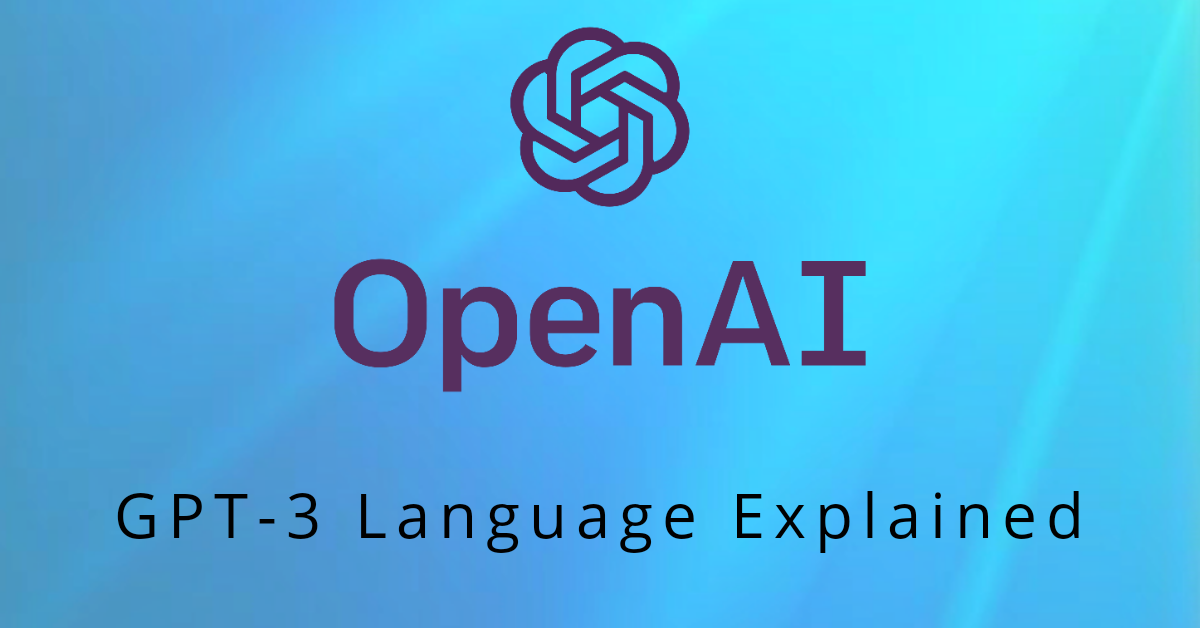OpenAI, a non-profit AI research company backed by Peter Thiel, Elon Musk, Reid Hoffman, Marc Benioff, Sam Altman, et al., released its third generation of language prediction model (GPT-3) into the open-source wild. Language models allow computers to supply random-ish sentences of roughly an equivalent length and grammatical structure as those during a given body of the text.
OpenAI GPT-3 will eventually be widely wont to pretend the author of a text may be a person of interest, with unpredictable and amusing effects on various communities. It may spark an ingenious gold rush among talented amateurs to similar coach models and adapt them to a spread of purposes, including false news, “researched journalism,” advertising, politics, and propaganda.
But what’s happening under the hood of this incredible model?
What is OpenAI’s GPT-3 Language?
GPT-3 may be a neural-network-powered language model. A language model may be a model that predicts the likelihood of a sentence existing within the world.
Like most other language models, GPT-3 is elegantly trained on an unlabeled text dataset (in this case, the training data includes, among others Common Crawl and Wikipedia). Words or phrases are randomly far from the text, and therefore the model must learn to fill them in using only the encompassing words as context. It’s an easy training task that leads to a generalizable and robust model.
The GPT-3 model architecture itself may be a transformer-based neural network. This architecture became popular around 2–3 years ago and is the basis for the favored NLP model BERT and GPT-3’s predecessor, GPT-2. From an architecture perspective, GPT-3 isn’t very novel!

What makes it so unique and magical?
IT’S BIG. I mean big. With 175 billion parameters, it’s the essential language model ever created (an order of magnitude larger than its nearest competitor!) and was trained on the most critical dataset of any language model. This, it appears, is that the main reason GPT-3 is so impressively “smart” and human-sounding.
But here’s the magical part. As a result of its humongous size, GPT-3 can do what no other model can do (well): perform specific tasks with non-unique tuning. you’ll ask GPT-3 to be a translator, a programmer, a poet, or a famous author, and it can roll in the hay with its user (you) providing fewer than ten training examples. Damn.
This is what makes GPT-3 so exciting to machine learning practitioners. Other language models (like BERT) require an elaborate fine-tuning step in which you gather thousands of samples of (say) French-English sentence pairs to show it how to do the translation. To adapt BERT to a selected task (like translation, summarization, spam detection, etc.), you’ve got to travel out and find an outsized training dataset (on the order of thousands or tens of thousands of examples), which may be cumbersome or sometimes impossible, counting on the task. With GPT-3, you don’t get to do this fine-tuning step. This is often the guts of it. It gets people excited about GPT-3: custom language tasks without training data.
Today, GPT-3 is privately beta, but the community cannot wait to urge their hands thereon.
For more information, contact CitrusLeaf Software.
